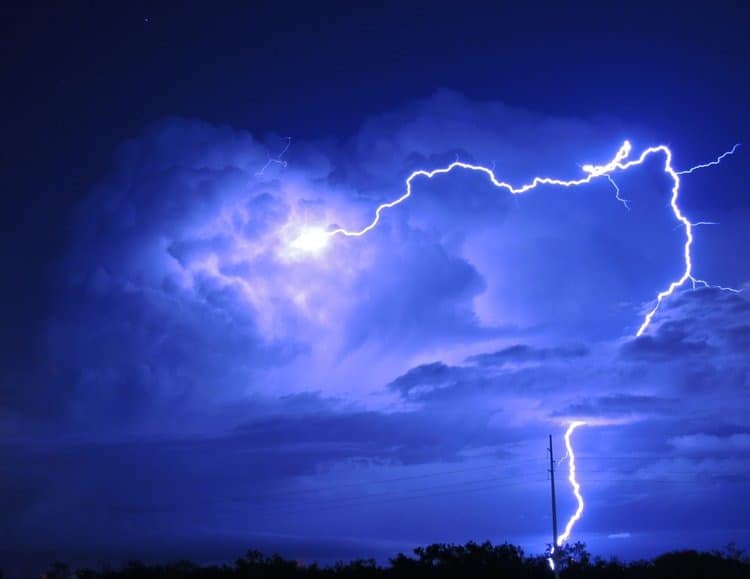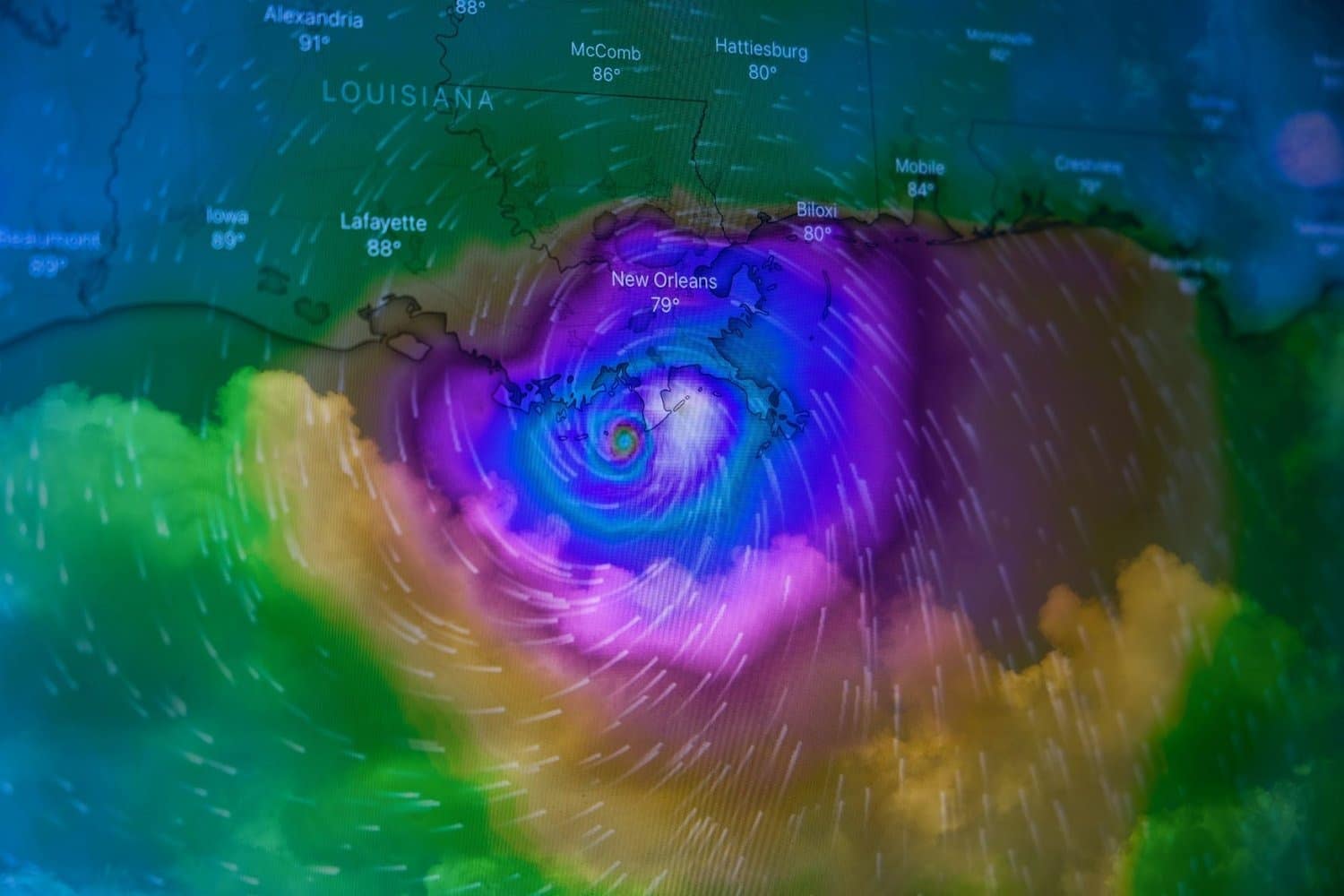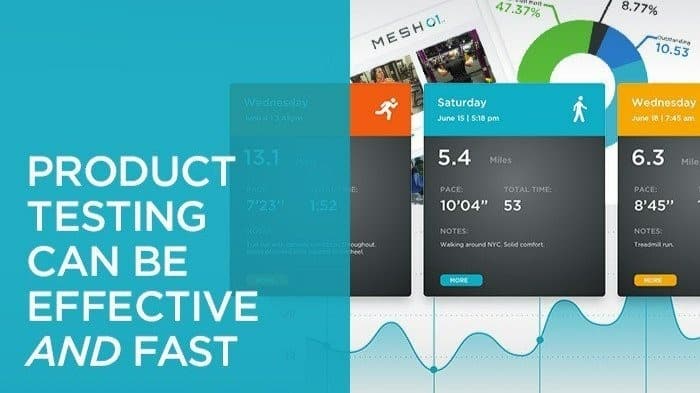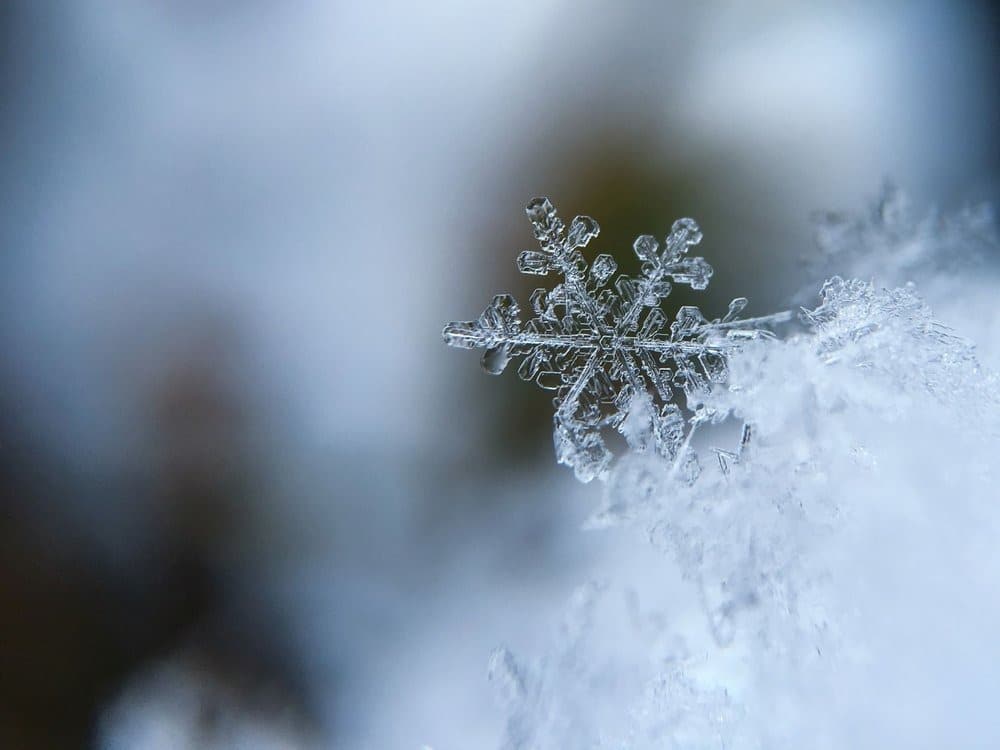Often, we blame the weather service when forecasts don’t turn out to be accurate. Many of us plan our schedules according to the predicted weather. So when weather conditions are not as expected, it could potentially ruin our plans. But where is this expectation for 100% accurate weather coming from in the first place?
It’s mainly because over the years, the weather forecasts have been getting more precise with time, and we, as a population, have started increasingly relying on them to plan our future days and events.
The high rate of forecast accuracy is owed to innovative technology with better forecasting methodologies and models. Historical weather data is one of the most important advancements that plays a critical role in providing accurate weather forecasts of any given area. Before discussing the power of historical weather data, it’s important that you understand what it is.
What is Historical Weather Data?
Historical weather data details past weather conditions in a particular area. This record of weather can include various variables, such as rainfall, snowfall, temperature, wind direction, humidity, speed, barometric pressures, and more. It can be information about the weather conditions in a particular area from the past year or a few days ago. But usually, it covers data of years, decades, and centuries. The more detailed and longer the historical weather data, the more value it holds for the meteorologists.
The only way you can accurately predict the future is by analyzing the past with a higher level of granularity and reliability. Whether you are running a construction business, a shipping company, an insurance company, or an on-demand food supply business, the weather conditions can significantly impact your planning and costs. You cannot forecast the future weather without understanding the past situations.
That’s why historical weather data holds vital importance for businesses in almost every industry. You can carefully analyze the past repeatable weather patterns and trends as well as climate to unlock real-time data that can help you optimize your business against the inevitable changes in humidity, temperature, and severity. Although the weather doesn’t repeat itself and future weather conditions are unique, they can rhyme.

The main goal of historical weather data is to provide information and forecast future weather. People and businesses can use this information to minimize losses related to climate and improve societal benefits such as property and life protection, improving life quality, enhancing public safety and health facilities, and supporting the prosperity of the economy. In simple words, investments in historical weather data collection and forecasting provide substantial returns.
It Helps Us Understand Evolution Patterns
Peak changes to weather data and average variations are necessary to understand evolution patterns. Historical weather data allows tracking improvement over time, providing critical insights needed to drive and improve businesses. Forecasting the future weather help organizations make better decisions regarding their business and events.
It Enables the Study of Weather and Climate Change Impact
The collection of historical data helps scientists, researchers, and meteorologists study the impact of weather changes, global warming, and the rate at which the climate is transforming. This information is vital for determining if weather fluctuations are a result of human activities or natural causes.
It Helps Save People from Potential Natural Disasters
Millions of people die each year due to natural disasters like floods, tornadoes, tsunamis, lightning, hurricanes, etc., resulting from weather changes. The information from historical weather data provides critical input to forecast weather conditions by using advanced computer software. Without these digital historical weather records, it’s nearly impossible to predict weather and climate changes accurately.
It Enables Forecasting of Future Events
Today, Big Data technology allows us to analyze historical weather data to predict future events. But to accomplish this, the forecasting algorithm needs large sets of historical data. Thus, storing historical weather data makes prediction and forecasting of future events possible. It makes it easy for businesses to know the weather conditions in the next few days or predict consumer behavior.
Powerful Combination of Historical Weather Data with AI
By combining historical weather data with the power of AI, you can greatly enhance weather data sets’ forecasting ability. With this approach, it is possible to train various models of machine learning, gain insights into unique methods of improving business functions, identify loopholes and opportunities for growth and scalability. You can uncover the business patterns with historical weather data that you didn’t know ever existed. It allows you to identify the risks and exciting business opportunities that can boost your growth and success.
Prediction of Very High Impact Weather (VHI)
Very high impact weather refers to that weather that puts public health, safety, and life at risk or significantly impacts the economy of any region. Monitoring and predicting the Very High Impact weather phenomenon needs timeliness and accuracy of forecasts, observations, and warnings to build a robust response system that mitigates and minimizes hazardous effects of weather. Historical weather data can play a crucial role in this aspect. It helps analyze and gain insights about the past VHI weather conditions and forecasts future occurrences. This allows policymakers, governments, public and private departments to take proper measures to minimize the risk and impact of VHI in the future.
Helps to Enhance Population’s Quality of Life
The study of the interaction of urban environments and Earth’s atmosphere can help to improve the quality of life of people. By leveraging the power of historical weather data, the federal government, with the help of private and public partners, can identify the weather patterns and create resources to improve the population’s quality of life in a particular region. They can take initiatives to build infrastructures provide tailored products and services to the specific requirements of cities.
In a nutshell, historical weather data is a powerful source to provide insights into the past weather and climate events and can help predict the future accurately. It also can help identify the gaps and opportunities to make people’s lives better in particular regions.










